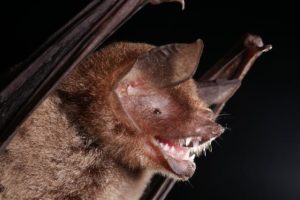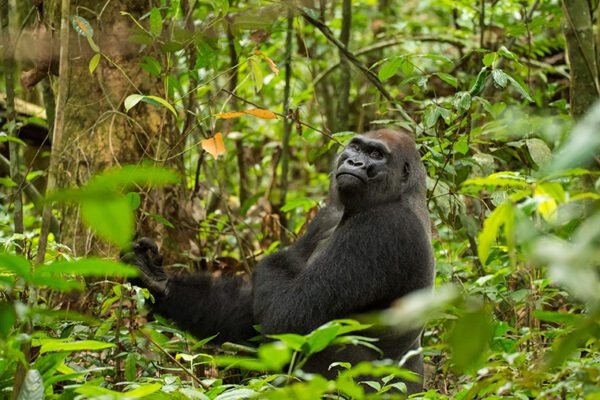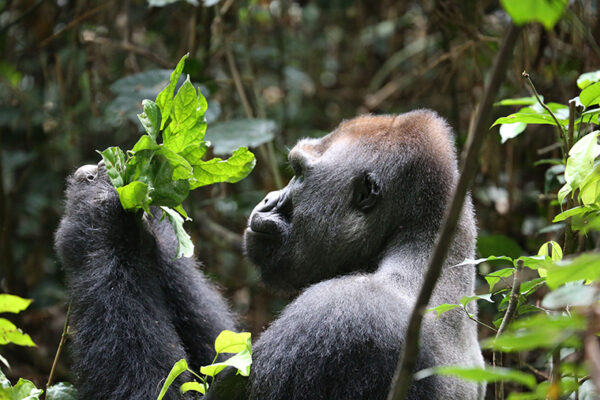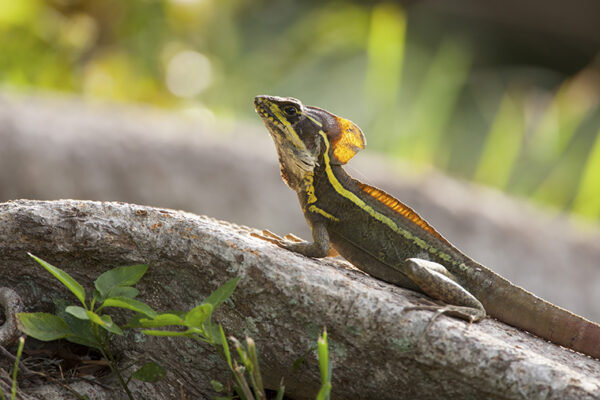
Armed with peat borers and insect traps, a team of researchers led by Rachel Reid, a postdoctoral scholar in the Department of Anthropology in Arts & Sciences at Washington University in St. Louis, will travel to Central America this winter to explore a cave long inhabited by bats. The scientists plan to use biochemical signatures preserved in bat guano to understand how vegetation coverage has changed over the past several thousand years.

“One of the issues with forest restoration is this question of what do you restore to,” Reid said. “The tropics are tough in terms of finding longer-term records of climate and environment, largely because of preservation issues.”
Heat and humidity take their toll on any type of signature that life might leave behind, Reid explained, making it difficult for researchers to reconstruct ancient landscapes using the types of rock deposits and preserved biomass often found in drier climates.
Instead, Reid’s team will look at biochemical signatures preserved in caves, which naturally shield their contents from much of the rainforest’s heat and humidity. The project is supported by a grant from the Living Earth Collaborative.
Their field site, Bajo los Indios Cave in Costa Rica, has housed a type of insect-eating bat known as Parnell’s mustached bat (Pteronotus parnellii) for millennia — which means the cave also has a cache of bat guano, the remains of insects digested by the bats, dating back thousands of years.

Reid’s team will use the peat borers — “They were designed to cut into peat bogs, and guano is similarly kind of soft,” she explained — to take vertical cores of the cave’s guano piles, essentially traveling thousands of years back in time through biochemical signatures preserved in the guano.
Read more in The Ampersand.



